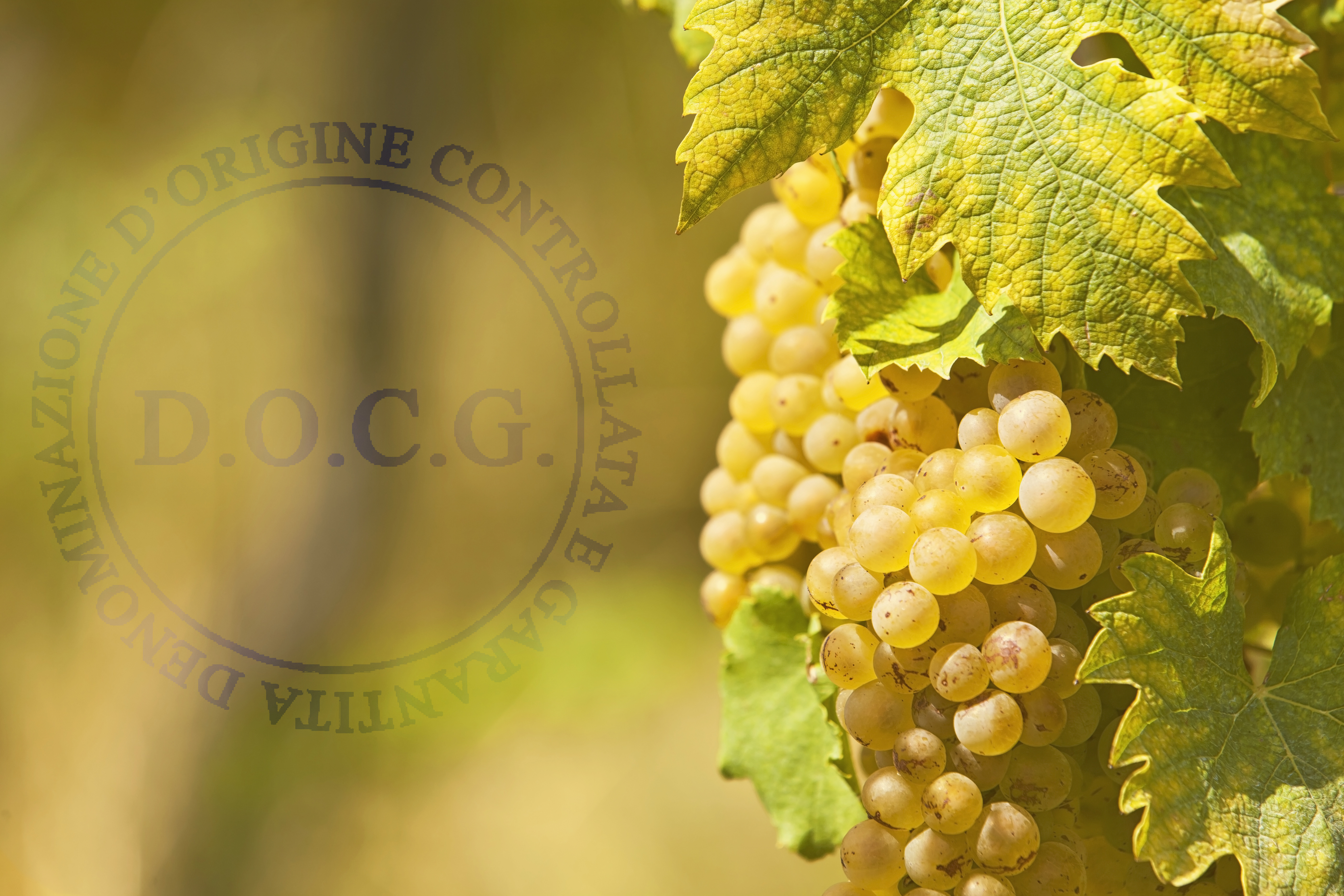You’ve emailed, you’ve called, you’ve made it the number one searched term on our site, you’ve begged us, pleaded with us, and even tried to barter with us, and all of your hard-fought desires and dreams come true. Tomorrow. Moscato d’Asti is back!
Before you take up battle axes and stampede each other, let’s take today to gain a better understanding of the wine you all love so much.
Moscato d’Asti is a lightly sparkling white wine produced in the northwest of Italy in the province of Asti, as well as nearby Alessandria and Cuneo. The wine is well-known for its low percentage alcohol and its sweetness. It is made from the Moscato Bianco grape, which is also known as Muscat Blanc à Petits Grains, a variation of the pedigreed Muscat of Alexandria. Modern day Moscato d’Asti can be traced back to Greek origins and is a member of the Muscat grape family.
Moscato Bianco is the oldest known variety of grape grown in the Piedmont region of Italy and not only made into wine but is fortified for many vermouth recipes and made into fortified dessert wines.
Moscato is a difficult grape to grow. It is prone to producing low yields, it’s susceptible to mildew, attracts the grape berry moth, falls victim to leaf roll, odium, grey rot, and requires a long growing season as it buds early and ripens late. For reference, there are grapes in parts of the world to-remain-unnamed that fetch 1,000’s of dollars a bottle that have infinitely easier growing conditions and maintenance, so with that in mind, let’s not pass off this historic and affordable grape’s struggle to bring you excellent vino at an affordable price.
From The Wine Bible: “Cultivated for hundreds of years in the Piedmont DOCG in Italy, Moscato Bianco is considered one of the oldest grapes grown in that area. Made in the frizzante style, Moscato d’Asti was the wine that winemakers made for themselves. This low-alcohol wine could be drunk at noontime meals and would not slow down the winemaker or his workers. After the workday was done, the Piemontese tradition of long, multicourse evening meals gave Moscato d’Asti the purpose of a digestif that cleansed the palate and stimulated the palate for dessert.”
The cool climate and combination of sandstone and limestone soils in the north of Italy are prime land facets that bring out the flavors of the grape. Moscato is harvested when the ripeness and sugar levels are optimal, then crushed, and the musts are chilled to almost freezing to halt fermentation as Moscato d’Asti by law can only contain 5.5% abv. This allows the natural sugars to still exist in the final product, hence it’s sweetness. No second fermentation is allowed in the bottle by law, so it will always be less “fizzy” than Champagne. The wine is filtered before bottling giving it the light golden color it is well-known for.

